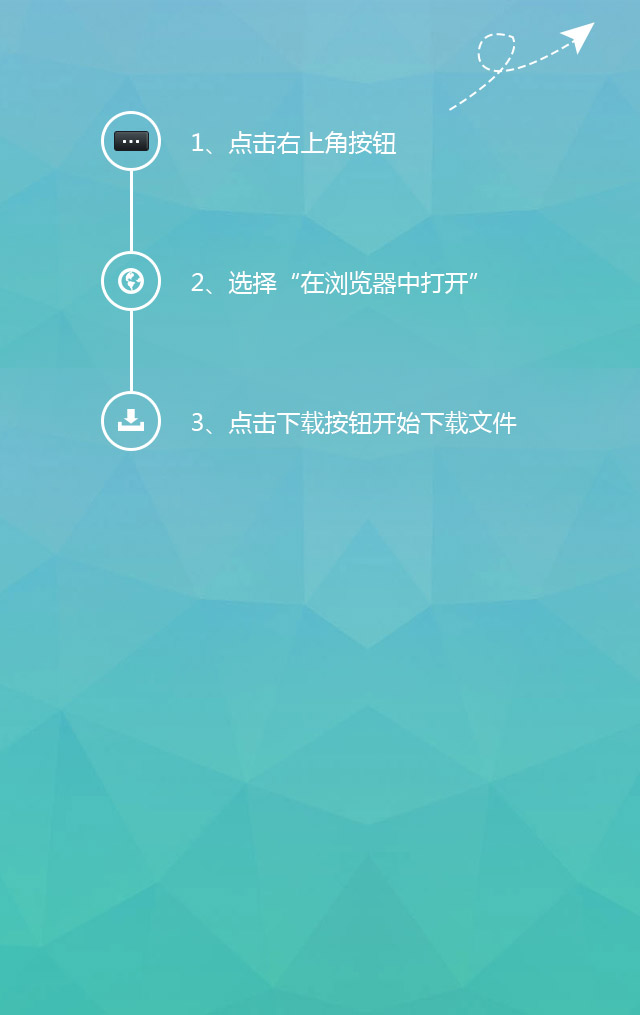讲好中国故事:《兰亭序》(Preface of the Orchid Pavilion)中英双语
The Lanting Xu (Preface of the Orchid Pavilion) or Lanting ji Xu is a famous work of calligraphy by Wang Xizhi (301 CE to 363 CE), composed in the 353 CE.
Written in elegant semi-cursive script and underpinned by deep philosophical thinking, it is among the best known and often copied pieces of calligraphy in Chinese history and also a famous piece of Chinese literature.
It is revered as the best running calligraphy.
Wang Xizhi is respected as Shu Sheng, “Sage of Calligraphy” or “Super Master of Calligraphy”.
Lanting Xu contains 28 vertical lines and 324 characters.
According to legend, the original copy was passed down to successive generations in the Wang family in secrecy until the monk Zhi Yong , dying without an heir, left it to the care of a disciple monk, Bian Cai .
Emperor Tai Zong of Tang Dynasty (599 CE to 649 CE) heard about this masterpiece.
He sent messengers on three occasions to retrieve the text, but each time Bian Cai responded that it had been lost.
Finally Tai Zong dispatched Xiao Yi who, disguised as a wandering scholar, gradually gained the confidence of Bian Cai and persuaded him to show him the Preface of the Orchid Pavilion.
Thereupon, Xiao Yi seized the work, revealed his identity, and took it back to Tai Zong.
Tai Zong loved this masterpiece very much and ordered the top calligraphers such as Yú Shì-nán ), Chǔ Suì-liáng, Féng Chéng-sù, and Ouyáng Xún to trace, copy, and engrave into stone for posterity.
Tai Zong treasured the work so much that he had the original interred in his tomb, Zhao lin , after his death.
The authentic Lanting Xu has not been seen since then.
《兰亭序》或《兰亭记序》是王羲之(公元301年至363年)于公元353年创作的著名书法作品。
它以优雅的半草书书写,以深刻的哲学思想为支撑,是中国历史上最著名、最常被复制的书法作品之一,也是中国著名的文学作品。
它被尊为最好的书法作品。
王羲之被尊为书生、“书法圣人”或“超级书法大师”。
《兰亭序》共28行,324字。
据传说,原始副本在王家秘密流传,直到僧人智勇去世,没有继承人,将其交给弟子卞才得以保存。
唐太宗(公元599年至649年)听说了这部杰作。
他曾三次派使者去取回这封信,但每次卞才都回复说这封信已经丢失了。
最终,太宗派遣了萧易,萧易伪装成游学,逐渐赢得了卞才的信任,并说服他向他展示《兰亭序》。
于是,小易抓住了这件作品,暴露了自己的身份,把它还给了太宗。
太宗非常喜欢这部杰作,并命令尤先南、钱、冯、翁等顶尖书法家为后人描摹、抄写、刻在石头上。
太宗非常珍视这件作品,以至于在他死后将其原件安葬在他的墓赵林。
从那以后,真正的兰亭徐就再也没有出现过。
The Lanting Xu (Preface of the Orchid Pavilion) or Lanting ji Xu is a famous work of calligraphy by Wang Xizhi (301 CE to 363 CE),
1._composed________ (compose) in the 353 CE. Written in elegant semi-cursive script and underpinned by deep philosophical thinking, it is among the best known and often copied pieces of calligraphy in Chinese history and also
2._____a___ famous piece of Chinese literature. It is revered as the best running calligraphy. Wang Xizhi is respected
3.____as____ Shu Sheng, “Sage of Calligraphy” or “Super Master of Calligraphy”.
Lanting Xu
4.___contains______ (contain) 28 vertical lines and 324 characters. According to legend, the
5.____original_____ (origin) copy was passed down to successive generations in the Wang family in secrecy until the monk Zhi Yong , dying without an heir, left it to the care of a disciple monk, Bian Cai . Emperor Tai Zong of Tang Dynasty (599 CE to 649 CE) heard about this masterpiece. He sent messengers on three occasions to retrieve the text,
6.__but______ each time Bian Cai responded that it had been lost.
Finally Tai Zong dispatched Xiao Yi who, disguised as a wandering scholar,
7.__gradually_______ (gradual) gained the confidence of Bian Cai and persuaded him
8.___to show_______(show) him the Preface of the Orchid Pavilion. Thereupon, Xiao Yi seized the work, revealed his
9.____identity_____(identify), and took it back to Tai Zong.
Tai Zong loved this masterpiece very much and ordered the top calligraphers such as Yú Shì-nán ), Chǔ Suì-liáng, Féng Chéng-sù, and Ouyáng Xún to trace, copy, and engrave into stone for posterity. Tai Zong treasured the work so much
10.___that_____ he had the original interred in his tomb, Zhao lin , after his death. The authentic Lanting Xu has not been seen since then.
答案和翻译【导语】本文介绍了兰亭集序。
01.composed
02.a
03.as
04.contains
05.original
06.but
07.gradually
08.to show
09.identity
10.that
推荐
-

-

QQ空间
-

新浪微博
-

人人网
-

豆瓣

